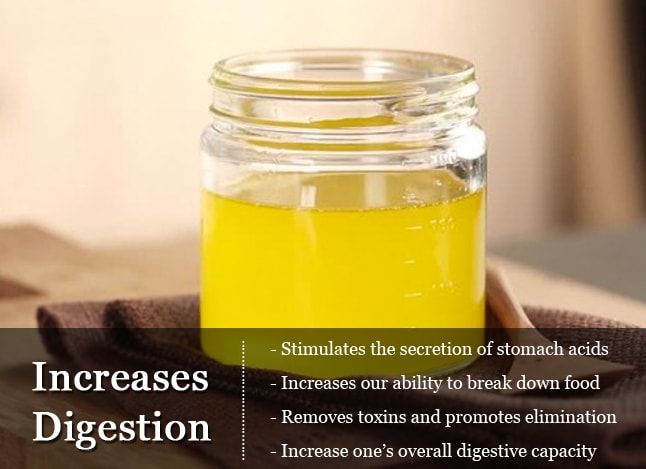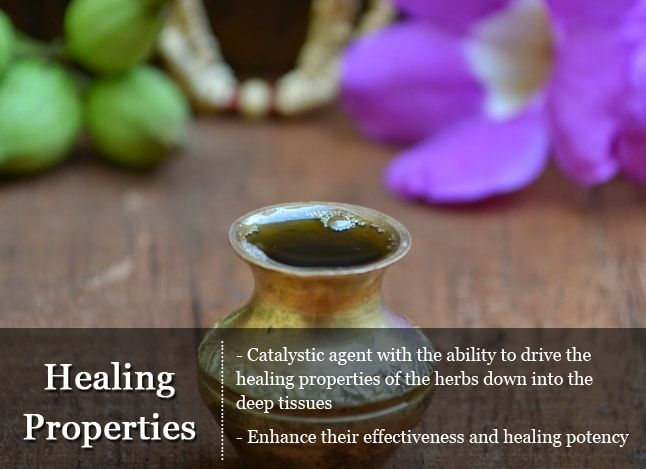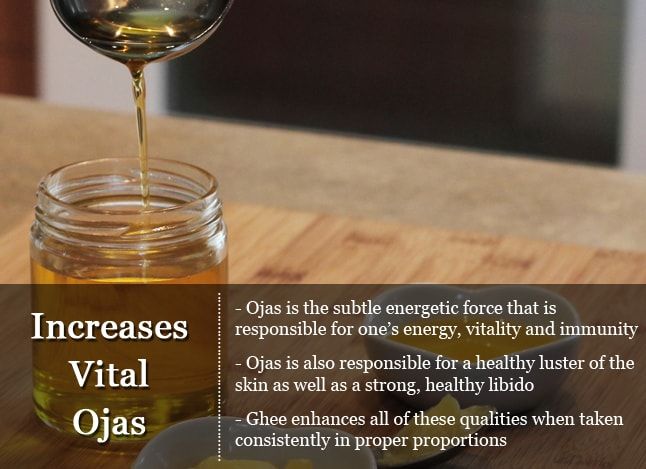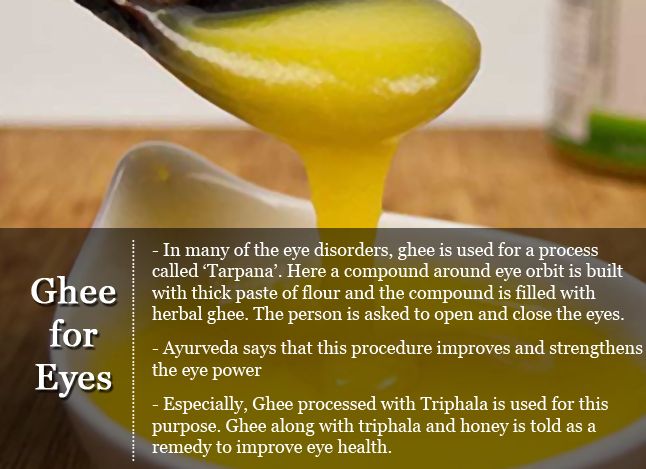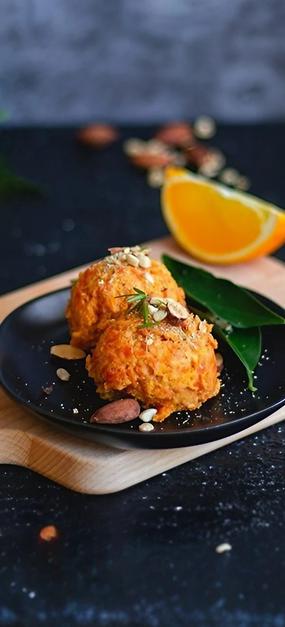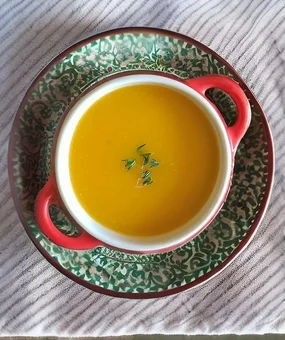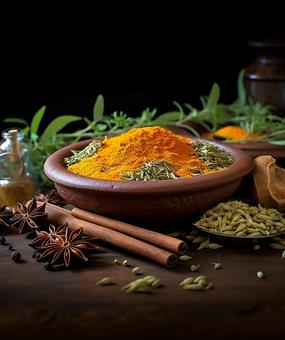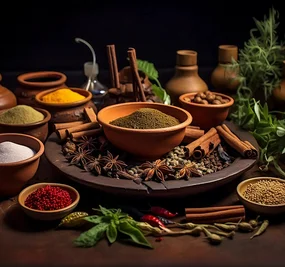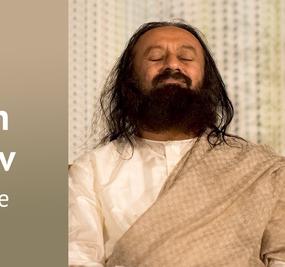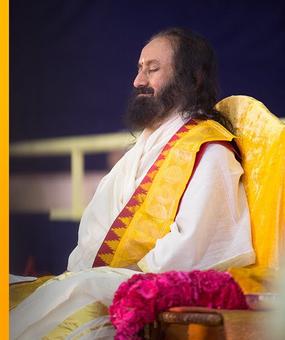You might choose to layer your five-grain roti with this. Or choose to top a bowl of dal bukhara with it. Drizzle some over hot, steaming rice or daintily pour a few drops along with maple syrup and tuck into a piping pancake. From the traditional kitchens in India, ghee has taken flight around the world. Clarified butter, as it is often called, is considered fashionable, healthy and delicious. This ancient superfood, synonymous with Ayurveda, has irrefutably surpassed modern debates on other alternatives, unhealthy fats, and fashionable fads.
Here are a few things you need to know about ghee.
1. What exactly is ghee ?
Ghee or clarified butter, as it is also known, is butter minus milk solids. Since it is the essence of milk, it is, sometimes, also called the ‘most refined end product of milk’. In our ancient scriptures, ghee was said to be the food of the Gods.
2. How does ghee benefit us vis-à-vis milk and other dairy products ?
- The absence of lactose and casein (protein) is what makes ghee suitable for people who cannot digest dairy (lactose intolerant).
- It is more stable than milk and will stay for long periods of time at room temperature.
- It can also be used as a substitute for butter and oil due to its high smoke point, at 450 degrees. The higher the smoke point, the better the quality and refinement of the oil.
- Ghee is a heavy, dense and soft liquid. These qualities help it build the body, unit by unit. It also helps to increase the sattvic qualities in us and in the environment. The health benefits extend to the body and mind; it helps them burn with a refined brilliance.
3. What is the benefit of using ghee ?
Rekindles the digestive fire: Ghee stimulates the secretion of acids in the stomach that help break down food. It also helps remove toxins and promotes elimination, thus improving digestive quality.
Promotes better absorption of nutrients: Ghee increases the capability of the intestinal walls to absorb nutrients. This quality also enhances the healing power of the herbs you ingest.
Source of fatty acids: It is the main source of Butyrate fatty acid. This is vital for the health of the intestinal walls, reducing chances of inflammation. It is ideal for conditions such as leaky gut syndrome, irritable bowel syndrome (IBS), Crohn’s disease and ulcerative colitis. This fatty acid also helps in reducing the risk of colon cancer.
Lubricates the body: Whether applied externally or taken internally, ghee nourishes and lubricates tissues in the body. It reduces dry skin, dry colon, inflammation and stiff joints. It makes you more lustrous and flexible.
Nourishes the brain and nervous system: Ghee increases your memory and intellect. It is beneficial for mental and emotional imbalances.
Possesses anti-inflammatory properties: Ghee helps control allergies, arthritis, and auto-immune conditions, as it has anti-inflammatory agents.
Ghee benefits the eyes: In Ayurveda, ghee, along with Triphala and honey, is used to improve ocular (eye) health.
Increases the effectiveness of medicinal herbs: Ghee is a well-known catalyst (anupana) and has the unique ability to drive the healing properties of the medicinal herbs deep into the seven body tissues (sapta dhatus). This increases the effectiveness and healing potency of the herbs dispensed.
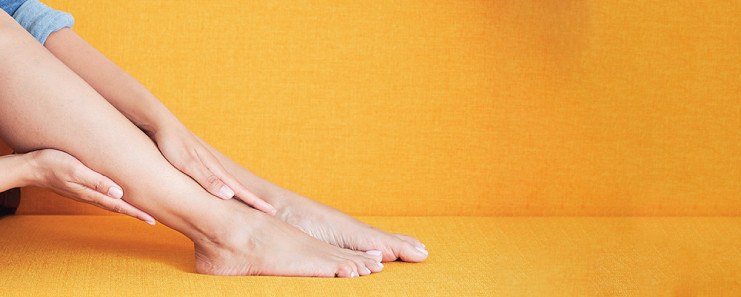
4. How is ghee beneficial in Ayurveda and home remedies ?
- A tsp of ghee before food in the morning helps relieve pain in the bladder region.
- Consuming garlic with ghee can help treat chronic fever.
- Mix amla powder and raisins with ghee and keep in your mouth for a few minutes. It helps relieve the dryness of the palate and oral cavity.
- Consume haritaki powder with ghee to help relieve burning sensation in the stomach.
- Add ghee and sugar to a Triphala decoction to treat anemia; it improves liver function.
- Instill a fine mixture of saffron and ghee into each nostril early in the morning on an empty stomach. This helps relieve migraine.
- Make a thick paste of flour around the orbit of the eye. Fill this with herbal ghee and open and close your eyes. This will help strengthen your eye power.
5. How is ghee used in Panchakarma treatment ?
- It penetrates into and helps dissolve the ama or toxins in the dhatus or basic elements of the body. The wastes are, then, carried to the intestinal tract and expelled.
- Ghee enables healing and facilitates recovery from wounds.
- It is considered one of the best substances for self-massage, increasing the overall strength, luster and beauty of the body.
- Ghee increases agni, helpful to digest food, without aggravating the pitta dosha – fire element – in the body. Ghee calms the pitta and vata. Hence, it is ideal for those suffering from vata and pitta imbalance disorders.
- Ghee rejuvenates and contributes to longevity. It slows the aging process.
More about ghee
6. Which ghee is better, cow ghee or buffalo ghee ?
Cow milk and ghee are believed to be more sattvic – pure and purifying. On the other hand, buffalo milk and ghee are more tamasic – dulling the senses. Also, cow ghee has all the five elements – ether, air, fire, water, and earth. This is similar to ojas which is the subtle life force that is responsible for one’s energy, vitality and immunity.
7. How much ghee is good for you?
Use about ½ teaspoon (tsp) per meal. On an average, consume less than 1.5 tsp on a daily basis.
8. What are the contraindications, if any, for ghee?
If you are experiencing any of the following symptoms, it is important that you use ghee sparingly in your diet:
- Excessive toxins in the system
- High cholesterol
- Are overweight or obese
- Excessive kapha in the system
Ghee increases intelligence. It refines the buddhi or intellect and improves the smrti or memory. Ghee also builds the aura, making all the organs soft. Basically, it increases rasa – the internal juices of the body.
Like all good things, use it judiciously and you can enjoy the health benefits of ghee.
9. Benefits of using ghee
